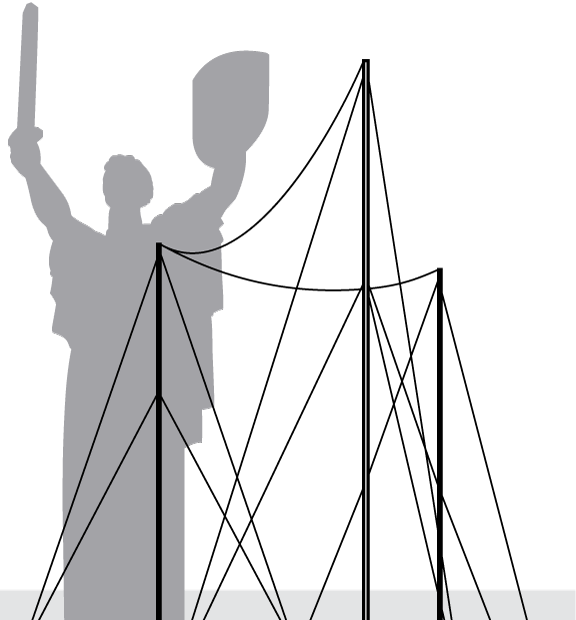EisensteinSiemion
January 25, 1884, Kyiv, Russian Empire (now Ukraine) —
September 3, 1962, London, United Kingdom
Radio stations in Kyiv and Zhmerynka
Nowadays, there are more than three million radio amateurs all over the world. They do not just listen to what is on the air today (of course, there are far more people of this kind). They construct their own radio stations out of radio receivers and radio transmitters to contact the same radio amateurs who live nearby or thousands of kilometers away. This is a kind of a social network on radio waves.

Siemion Eisenstein from Kyiv was one of the first radio amateurs.
The twentieth century has just begun. Guglielmo Marconi, Alexander Popov and Nikola Tesla — each in their own country transmitted radio signals. The era of wireless telegraphy, or radio, has begun. And in 1901, the seventeen-year-old Eisenstein demonstrated the operation of a self-assembled short-wave radio station of the Popov system. They say that that session of radio contact was the first in Kyiv. In the same year, he managed to get to the Second All-Russian Electrotechnical Congress, which was held in Moscow, and personally talk to Popov.
Inspired by his own ideas, he opened a wireless telegraph laboratory in 1905 and began manufacturing radio equipment for the military.
But the most important thing is that Eisenstein found funding to start the construction of two experimental radio stations in Kyiv and Zhmerynka.
The place for a radio station in Kyiv was allocated near Kyiv-Pechersk Lavra on the territory of the esplanade of the Pechersk fortress. At the time, esplanades were created to make the attack on the fortress more difficult — trees were cut down on large areas of land and it was forbidden to build anything there so that the enemy could not approach the fortress unnoticed or hide during shelling. Therefore, this area was perfectly suited for transmitting radio signals.
And on February 14, 1907, the station in Kyiv began its work.
The antenna height reached 55 meters. This is slightly less than the height of the Motherland Monument (without a pedestal) in Kyiv. The antenna height is equal to the height of an eighteen-story building.
During the same period, the construction of a radio station in Zhmerynka was completed. Both stations were the most powerful in the Russian Empire at that time.

Eisenstein’s radio station antenna in Kyiv
On February 23, in the then most popular newspaper in Kyiv Kiievskaia Mysl (rus. Киевская мысль, Kyivan Thought) the following message was published:
“On February 1 and 2, 1907, the Kyiv Wireless Telegraph Station transmitted telegrams to Odesa at a distance of 410 versts. The reception power has indicated that this was not the maximum distance to which the station can transmit its signals. The station in Kyiv can transmit telegrams over a distance of about 700 versts by land, which corresponds to 2000 versts by sea. The station was constructed by S. M. Eisenstein to test his own system. During the experiments in Odesa, Eisenstein managed to simultaneously receive telegrams from Kyiv and Zhmerynka, where a station was also constructed using the system of S. M. Eisenstein. The station in Odesa, constructed for communication with Sevastopol (a distance of about 300 versts by sea), due to the lower power of the devices, could not respond to the telegram from Kyiv. Currently, Odesa is improving the device that sends telegrams, and it is expected that two-way transmission will be established soon.”
The station, constructed by Eisenstein, allowed residents of Kyiv to send and receive up to five million messages a year.